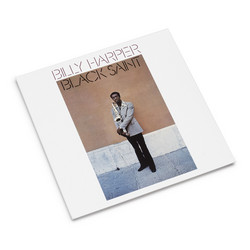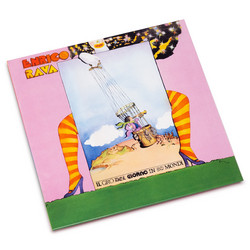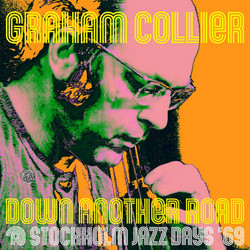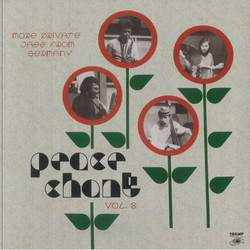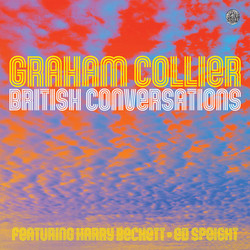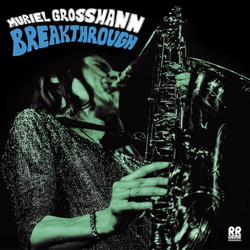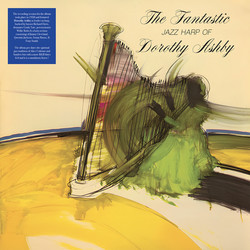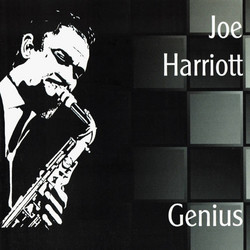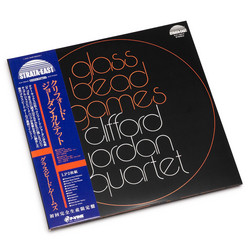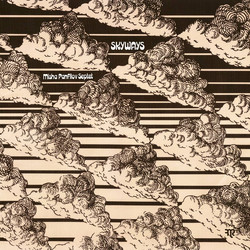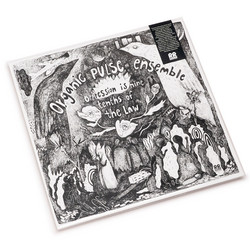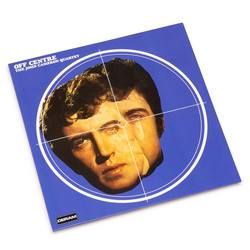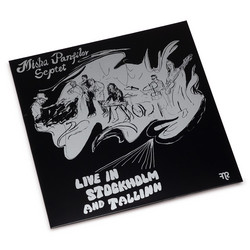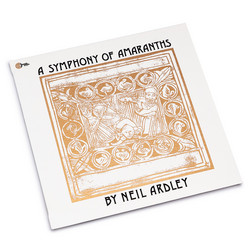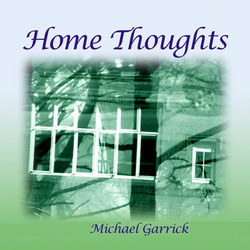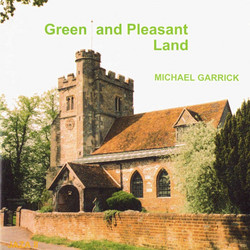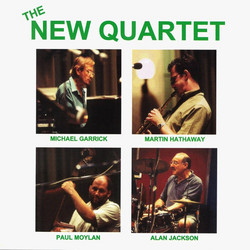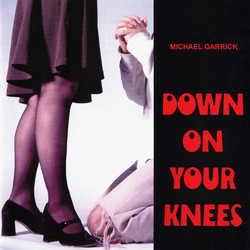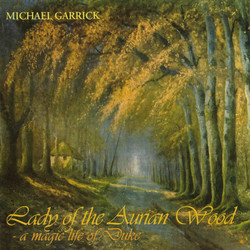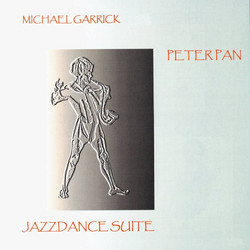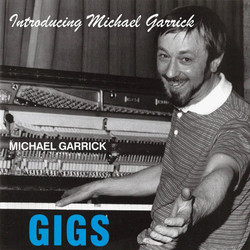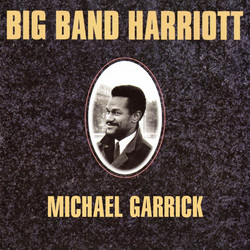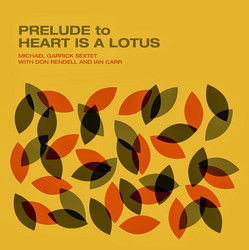** 2025 Stock ** With Children of Time, Michael Garrick steps into late style with undiminished daring, crafting a large-scale work that treats jazz orchestra, voice, and liturgical fragments as materials for a speculative spiritual drama. Recorded with the Jazz Britannia Orchestra and featuring the long-awaited reunion with vocalist Norma Winstone, the 2006 album spans roughly 70 minutes across ten movements, written as a continuous meditation on creation, sacrifice, and human fragility. Garrick spoke of the piece as a “kind of space odyssey,” folding texts from the Book of Genesis and the Eucharist together with his own Underground Streams and Heavenly Bodies writings, so that scripture and poetry orbit each other like planets in an unsettled theological system.
Rather than illustrating doctrine, Garrick uses the orchestra to question it. Brass and reeds swell in slow, gravitational arcs; rhythm sections drift from anchored pulse to weightless suspension; clusters in the piano part flicker like satellite beacons. Over this shifting ground, Winstone’s voice becomes less a soloist than a guiding presence, moving between wordless timbres, declaimed lines, and half-whispered intimations of prayer. The Jazz Britannia players respond with a blend of classical precision and improvisational nerve: saxophones fracture into rough-edged chorales, trumpets flare and recede like solar storms, while the rhythm team threads a path between cathedral solemnity and club volatility. Garrick’s long-standing obsession with form is everywhere - thematic cells recur in altered states, harmonic colors darken or brighten as the narrative advances, and the suite quietly echoes the architecture of a mass without ever settling into pastiche.
In the context of British jazz, Children of Time reads as both culmination and provocation. It extends the sacred-jazz experiments of Garrick’s earlier choral works into a more speculative, almost science-fictional realm, hinting that the old stories of origin and redemption still have unused harmonic dimensions. At the same time, the recording foregrounds his gift for writing big-band music that refuses bombast: even when the full orchestra is roaring, there is always an undertow of doubt, a sense that the music is interrogating its own certainties. For listeners coming fresh to Garrick, this album offers an immediate, immersive doorway into his world, where theology, cosmology, and personal faith are all subjected to the volatile honesty of improvisation.
